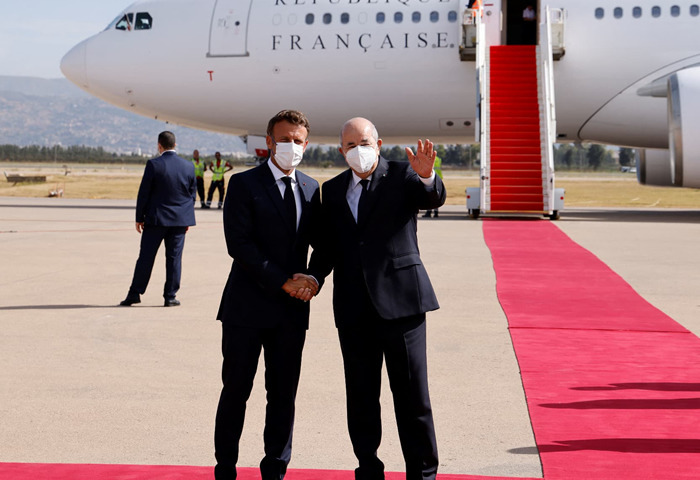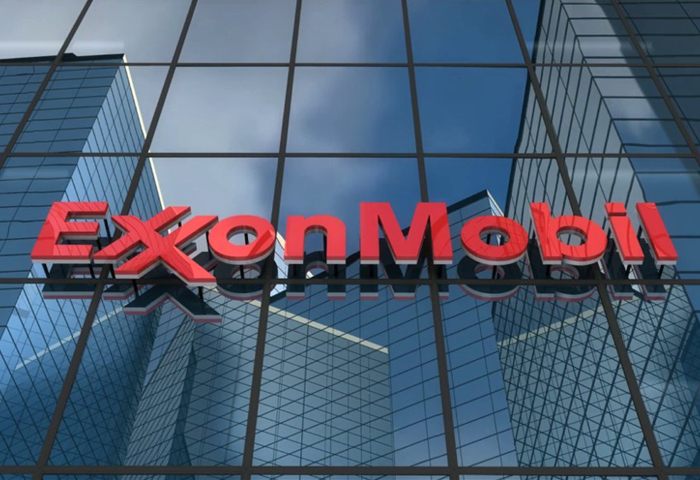The world’s offshore oil industry, responsible for 30% of the world’s oil production, faces a reckoning.
With oil prices still well below levels from just months ago and key questions about future levels of oil demand unanswered, companies are reigning in capital spending and reassessing long-term goals.
Four of the seven largest offshore drillers - Diamond Offshore Drilling, Noble Corp, Seadrill Ltd and Valaris Plc - have sought protection from creditors or begun debt restructuring talks that could lead to bankruptcy.
Two others are reaching out to their creditors. Pacific Drilling last month said it may need to modify terms of its debt, and was seeking alternative funding in the event creditors would not accept new terms.
Shelf Drilling, the ninth largest by revenue, is seeking talks with creditors over loan covenants that take effect next year, executives said.
The offshore services business is the worst performing of the oilfield services sector, with shares of the 10 largest publicly traded down 77% since the start of the year.
The latest offshore industry’s turmoil “is going to change things in many ways,” Odfjell Drilling Chief Executive Simen Lieungh said in an interview.
In the Gulf of Mexico, home to the vast majority of US offshore oil production, pullbacks, pauses and cancellations have been the word of the day.
Royal Dutch Shell has delayed plans to finalize development of a huge new oil field called Whale until 2021. Shallow water producer Cantium LLC halted all production in late April, unable to recoup operating costs.
Drillers began the year predicting a recovery with oil prices at $60 per barrel. But optimism soured as the pandemic crushed demand and oil prices fell below zero in April.
This month, the number of floating rigs at work is expected to hit the lowest level since 1986 as oil companies cancel or defer contracts, said industry executives and analysts.
The last downturn was cushioned by help from oil producers. Between 2014 and 2016, as crude fell to $26 per barrel from over $100, oil majors spread work among drillers to keep exploring off the coasts of Brazil, Mozambique and in the Mediterranean. That allowed drillers whose rig contracts were canceled to pick up some jobs, albeit at lower lease rates.
The offshore industry was financially stronger then. Many had entered that downturn with large order backlogs and held contracts with lease rates higher than today’s, said Jorn Madsen, CEO of Maersk Drilling.
But with oil majors this year slashing their own spending by between 30% and 50% to preserve cash and pay dividends, there is no safety net.
There is little hope for a rebound in the next few years. Many oil producers are withdrawing from projects that require $60 per barrel to earn a profit, concluding it could be years before they see that price again. Chevron, Exxon Mobil, Petronas, and Royal Dutch Shell ended drilling contracts early this year to save money.










